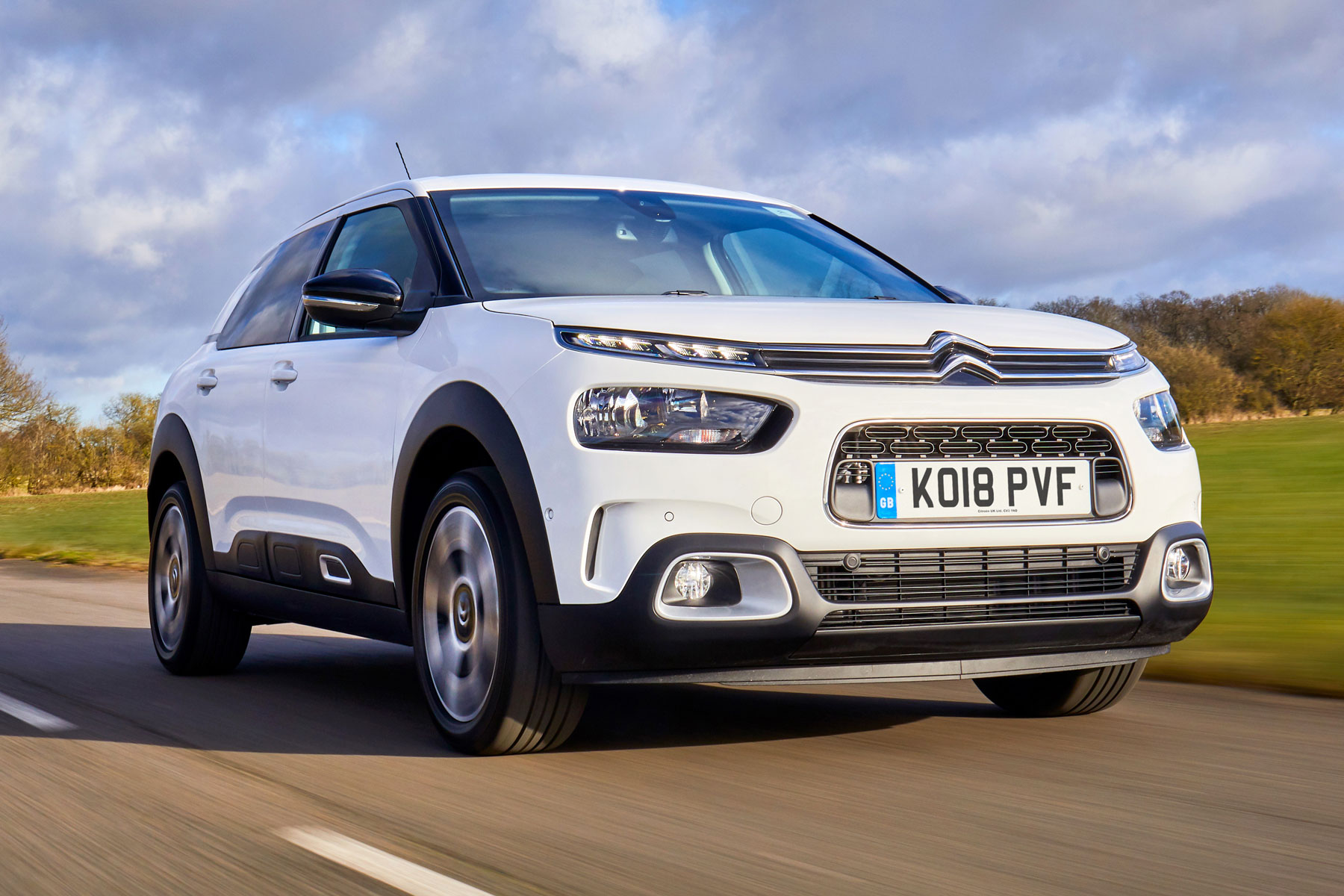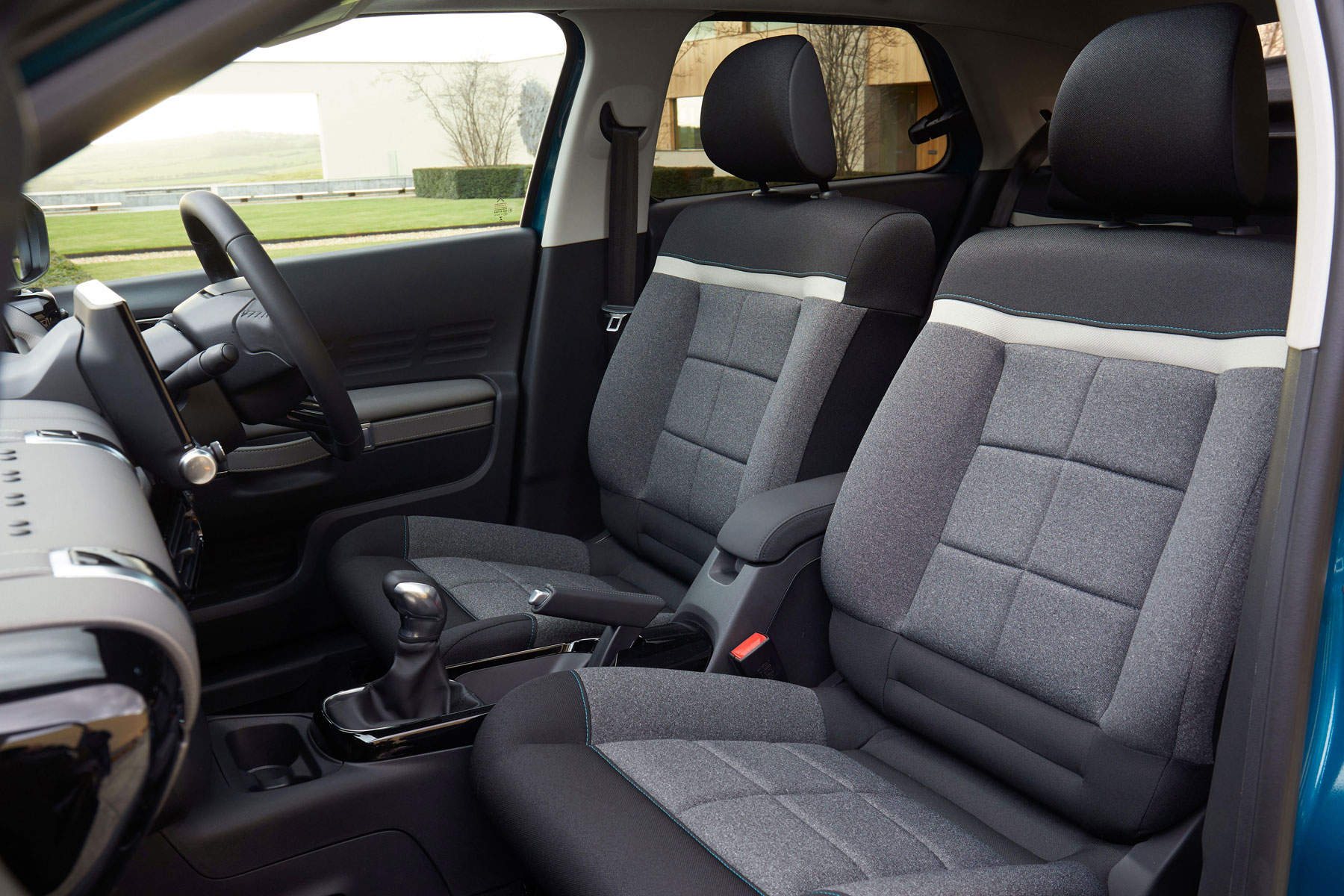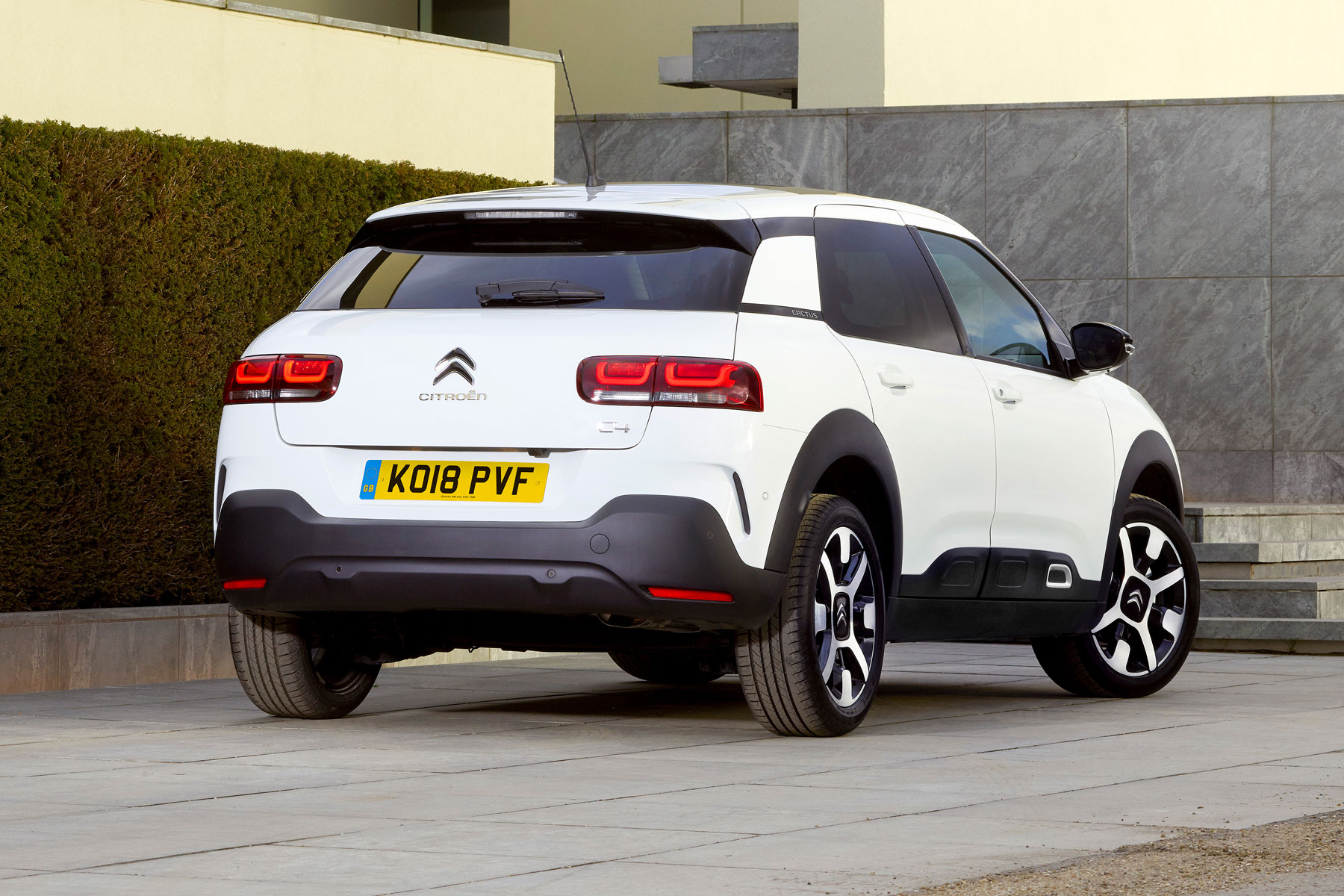
You only get one chance to make a good first impression. For the Citroen C4 Cactus, that moment came in 2014, when the innovative French crossover managed to upstage the more expensive metal at the Geneva Motor Show.
Four years later, the Cactus has been given a makeover, stripped of many of its quirky features to gain mass-market appeal. It turns out the world wasn’t ready for “a new interpretation of crossover”, so Citroen is off in a different direction.
“The hatch gets a reboot,” proclaims the brochure, as Citroen goes to great lengths to convince us that, as far as the Cactus is concerned, the crossover is dead, long live the hatchback. Which seems at odds with current market trends.
But what’s in a name? Do Mr and Mrs Public really buy into car industry speak? C-segment this, crossover that: most buyers see a car they like, and if it fits their needs and the PCP allows, they’ll part with their cash. Simple.
So, the new Cactus.
It’s a better car than before. The seats are lounge-like. And the suspension is so good it feels like your bottom is being tickled when riding potholes.
But I no longer love it. I prefer the old one, with all of its faults.
I guess I’m just weird. pic.twitter.com/v8jfsLqeDl— Gavin Big-Surname (@MajorGav) March 14, 2018
Only it’s not that straightforward. Citroen’s decision to swim in a different pool is significant because, while the Cactus once occupied its own island of quirkiness and charm, it’s now swimming against the tide in a segment dominated by the Volkswagen Golf, Ford Focus and other family hatchbacks. No pressure, then.
More than a facelift
The raft of changes to the Cactus feel like so much more than a facelift of an existing model, and Citroen should be applauded for delivering a convincing Cactus 2.0. The more mature and grown-up exterior is the most visual indication that original design doesn’t sell, but the significant changes lie beneath the mostly Airbump-free body.
It’s called Citroen Advanced Comfort, and it sees the Double Chevron returning to its roots to establish a market USP. A case of history repeating itself, as Citroen goes off in search of a comfortable future, echoing some of its much-missed greats of the past.
In the case of the C4 Cactus, comfort and joy are based on two pillars: Progressive Hydraulic Cushions (PHC) and Advanced Comfort seats. Citroen promises to deliver “extraordinary ride comfort” and the cliched “feeling of travelling on a magic carpet”. But, can we believe everything they tell you about Mr Soft?
In short, yes. The C4 Cactus is the first Citroen in Europe to feature the PHC system, which adds two hydraulic stops on each suspension turret to replace the mechanical stops: one for compression and one for decompression. The result is ride comfort that might be akin to travelling on a carpet, but King Solomon wasn’t available to add weight to this claim.
It’s a novel thing, hitting a pothole without fear of a visit to a chiropractor, but on the pockmarked roads of Buckinghamshire, the C4 Cactus devoured imperfections like a tube of concealer on an adolescent’s face. Hit a sunken manhole cover, and you’ll feel little more than a tickle on your bottom. It really is that good.
It’s a similar story over speed bumps, which become little more than minor irritations rather than major inconveniences. While it’s all very impressive, it’s not quite up there with the levels of comfort associated with Citroen’s hydropneumatic past. Don’t be in a hurry to part company with your Xantia Activa, GS or BX.
Driving in your car with Mr Soft

It’s a similar story with the front seats, which look comfortable and inviting, even before you’ve set foot in the Cactus. In using 15mm thicker foam, broader bases and backs, and reinforced support, Citroen has created the most comfortable bum perches this side of the DFS sale.
You’ll settle in with the same sense of satisfaction as a grandparent lowering themselves on to a sofa after a hearty Sunday roast, and the seats felt no less comfortable following a two-hour drive along the country lanes around Aylesbury.
The new Cactus feels so much more mature than before. Citroen has used thicker glass, more sound-deadening, revised sealing joints and an acoustic windscreen to create a more sophisticated ambience, with levels of refinement that wouldn’t feel out of place in a more expensive vehicle.
It’s a bewildering sensation. The new-found comfort and polish feel at odds with the Cactus’s inherent lightness (the kerb weight ranges from 1,008kg to 1,080kg) and pleasingly simple cabin, which might seem strange to buyers who assume that refinement should be a byproduct of heavy materials, big engines and interiors honed from wood, leather and granite.
The question is, are the seats, suspension and revamped exterior enough to take Mr Soft into the mainstream, or will the soft-focus Cactus be left between a rock and a hard place?
Going off in search of a fence upon which to perch our cossetted behinds, we’ll say it could go one of two ways. Citroen’s decision to create a niche within the C-segment is both bold and impressive: the Cactus is refreshingly different to anything else in the sector.
But let’s remember, the Cactus has been on sale for four years, during which time Citroen UK has managed to convince just 30,000 punters that innovation is worth making a few sacrifices for. That’s a pretty miserable return for an affordable car, especially when you consider that the Vauxhall Astra, a car in the sales doldrums, managed to find just under 50,000 homes in 2017.
Shift your ideas, make your mind up

Sure, the exterior styling should be more universally accessible, but the rear end is bordering on bland, even with fancy LED 3D lights, while the front end has lost its uniqueness within the Citroen range. And, yes, the Airbump panels were, anecdotally, more hated than loved, but they gave the Cactus a real identity.
Speaking of which, note how the Cactus name has been removed from the tailgate, relegated to a single strip on the C-pillar. We wonder how close Citroen came to dropping the name altogether. See also: Skoda Yeti.
Here’s the thing: if the C4 Cactus had premiered in 2018, without the baggage of the original, we’d probably be lauding it for its innovation and courageous attack on a highly-competitive segment. But instead, Citroen has to re-educate those who raged against the machine, delivering the slightly confused message that the Cactus is new and improved.
Some of the quirks – or faults, depending on your point of view – remain, such as the pop-out rear windows, the lack of a rev-counter, and the reliance on a touchscreen for the primary controls. There are two cupholders in the front, but they’re too shallow to be of real use. That said, the suspension is such that you’re hardly going to be tackling bends like Kris Meeke.
The key touchpoints – such as the steering wheel, door handles, and luggage-style grab pulls – remain pleasing to touch, while the ‘Top Box’ glovebox is both useful and aesthetically charming. If nothing else, they provide some balance for the woeful plastics and finishes found elsewhere, such as the way the central bin meets the carpet behind the back of the front seats, and the inside edges of the door pockets.
Deep Purple – or paint it grey?
A punchy and lively 130hp version of the excellent PureTech three-cylinder engine is now available, which is recommended if only for the fitment of the six-speed manual gearbox. In common with the old five-speed ‘box, it’s as precise as a wooden spoon in custard, but it should make long journeys a more comfortable and fuel-efficient experience.
The entry-level PureTech 82 comes with a five-speed manual, as does the mid-range PureTech 110, which can be equipped with a six-speed auto. A BlueHDi 100 diesel completes the engine line-up.
As for customisation, the new C4 Cactus comes with a choice of nine body colours, four exterior packs and four interior ‘ambiences’. Sadly, while Deep Purple metallic remains an option, you’ll no longer find Hello Yellow, Jelly Red or Blue Lagoon listed in the brochure. The new colours are more muted, including three shades of grey, which sounds like a low-rent E.L. James novel.
More positively, the tech has been improved, and now includes a raft of driver-assistance systems, including active safety brake, lane departure warning and speed limit recognition. Apple CarPlay and Android Auto are fitted as standard.
Prices start from £17,265, but the entry-level Feel Edition is offered only with the PureTech 82 engine and has to go without the fancy cushion-soft suspension. Better, we’d say, to opt for the standard Feel or more lavish Flair. Or, you could buy a previous generation Cactus…
As for the latest Cactus, it’s probably best to look at it as a prelude to a new future for the Citroen brand. When cars are developed from the ground up with advanced comfort in mind, Citroen will be able to re-establish its place in the market. The C5 Aircross should provide a more revealing demonstration of the new focus, as opposed to a facelifted version of an old model.
When viewed in the context of other facelifts, the new C4 Cactus is genuinely impressive, and it deserves to find a new group of Citroen loyalists. But somehow, while the outgoing model lived long in the memory, the second coming is more forgettable. Easier on the eye, easier to drive and easier to live with, but unable to hit the high notes of before.
Put it this way: a pair of M&S slippers might be comfortable, but you wouldn’t dream of leaving the house with them on your feet. Instead, grab a pair of Air Jordan IIs, complete with full-length Air Bubble, to enjoy comfort and style. Which is why we’d take the new Cactus tech in the old Cactus shell.
Read more:
- Citroen museum auction: breaking up is so hard to do
- The new Citroen Berlingo Multispace is unashamedly unfashionable
- Sailing away: when car manufacturers go boating